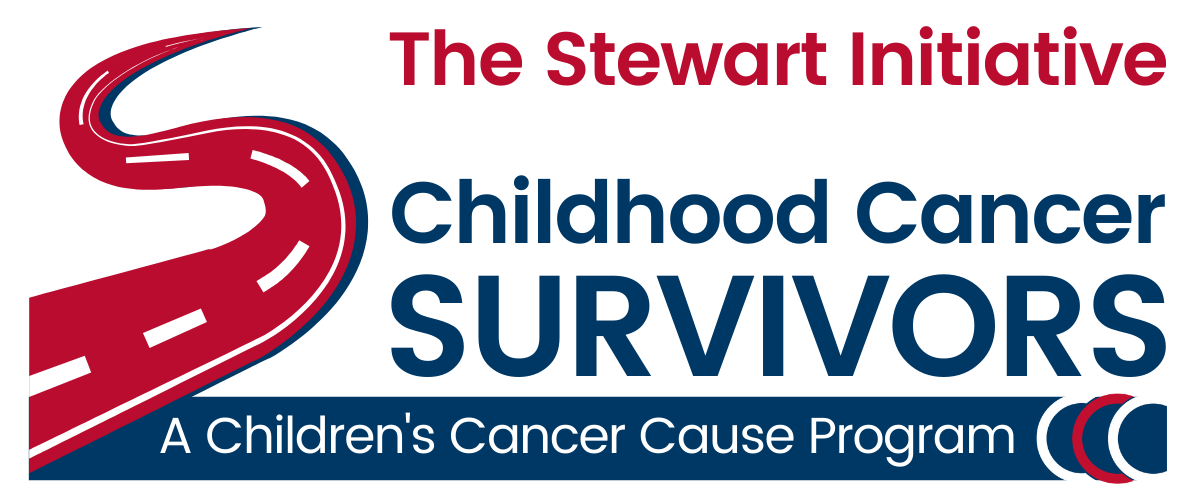More than 95% of childhood cancer survivors will have a significant health related issue by the time they are 45 years of age.
As we discover better, less toxic therapies to treat today's kids, future generations of childhood cancer survivors will have fewer negative health consequences. But the hard truth is that the vast majority of the nation's 521,000 childhood cancer survivors today have late effects as a result of their disease or treatment, some of which are chronic and even life-threatening.
By age 50, survivors experience nearly twice as many chronic conditions (an average of 17) as their peers without a history of cancer. Childhood cancer survivors age about 5% faster each year and can appear up to 16 years older biologically than peers without a cancer history. Many survivors in their 30s may show health patterns similar to healthy adults in their 60s.
The good news: Life expectancy for five year childhood cancer survivors has steadily increased. Life expectancy for those treated in the 70’s is only 48.5 years and survivors treated in the 80’s have a life expectancy of 53.7 years, while those treated in the 90’s rose to 57.1 years. Normal life expectancy for adults is 80. The good news: survivors treated with modern, risk-stratified therapy — especially those with standard-risk leukemia — now have risks of late mortality and second cancers approaching that of the general population.
According to the National Cancer Institute, the most dangerous late effects - those with the highest risk of early death - are: a recurrence of your primary cancer; the formation of a (different) secondary cancer; and heart and lung damage from treatment.
This section walks through some of these most severe late effects, as well as those that we hear about as top issues of concern among survivors in the Children’s Cancer Cause Annual Survivor Survey.
To go beyond these topics and find information on other late effects - bone health, eye problems, thyroid issues, and more - we recommend several very reputable organizations to take a deeper dive. These resources (see below) provide detailed information on the types of treatment that put you at highest risk for these late effects and what signs and symptoms to watch out for.
- Susan, Hodgkin’s lymphoma survivor


